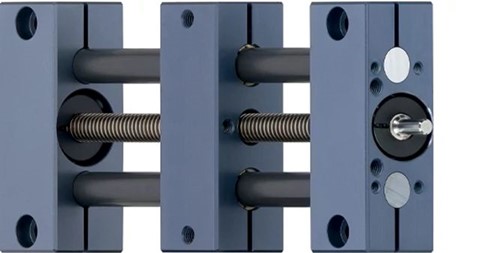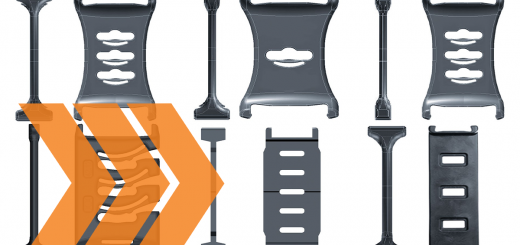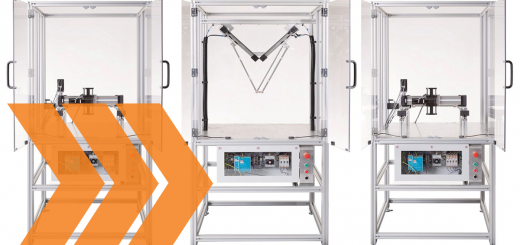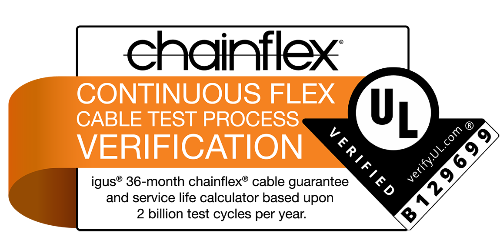What are the different types of linear actuators?
By Jared Worth
On the surface, explaining what a linear actuator is to someone should be a simple prospect. Reality, however, is never so simple. While at the core, linear actuators are devices used to convert energy into linear motion, there are several different types of linear actuators that each create this motion in a different way. In this blog we’ll take a look at four of the most common types of linear actuators, how they work, and the differences between them.
Belt-driven linear actuators
Belt-driven actuators, as you may be able to deduce, are actuators that use a tensioned belt to drive the linear motion. Belt-driven actuators can either be operated manually or connected to a stepper or DC motor for automated operation. They’re ideal for high speed, low load applications, particularly when long strokes are required. Belt-driven actuators do need to be properly tensioned, regardless of if they’re manually or automatically operated. Thankfully, the video below explains how to do so quickly and easily.
Gantry robots—drylin® gantries from igus®, for example—often use belt-driven actuators as opposed to screw-driven ones, as they require high speeds and don’t typically need to carry excessive loads, but the specific application will determine which is the optimal choice. In certain cases, a combination of both is the best solution.
Screw-driven linear actuators
Screw-driven actuators operate similarly to their belt-driven counterparts, except the driving component is instead a lead screw (ball screws can also be used, but this blog will be exclusively covering lead screw-driven actuators). Like with belt-driven actuators, screw-driven actuators can be operated either manually or with a motor, depending on the needs of the application in question. They’re best used in applications requiring high accuracy over short travel distances (up to about five feet).

Guidance for screw-driven actuators can either be provided with parallel shafts or a fully supported linear guide rail, with both options providing different benefits. Linear rails are more rigid and resistant to torsion than parallel shafts, but parallel shafts are often available in a wider range of materials. Parallel shafts also allow dirt to fall away from the actuator more easily than it could from an actuator using a guide rail, making them better suited for heavy-duty applications where dirt is abundant.
Hydraulic linear actuators

Hydraulic actuators are configured differently than mechanical actuators like the belt and screw-driven actuators previously mentioned. Hydraulic actuators consist of a piston inside a cylinder, and a connected pump supplies an incompressible hydraulic fluid that moves the piston, generating motion. Due to the fluid being incompressible, a constant force can be maintained without needing to supply continuous fluid. However, hydraulic actuators can suffer leaks that lead both to a loss of pressure and issues with cleanliness, making them a higher maintenance option than pneumatic and mechanical actuators. Hydraulic actuators are ideal for high-force applications, being able to generate 25 times more force than a pneumatic actuator of the same size, and can achieve up to 4000 psi of pressure.
Pneumatic linear actuators
Pneumatic actuators work very similarly to hydraulic actuators, with the key difference being pneumatic actuators utilize pressurized air rather than hydraulic fluid. They’re much simpler than hydraulic actuators, though they do require a compressor to run constantly to maintain air pressure. This simple composition makes pneumatic actuators a more cost-effective option than nearly any other type of actuator, and can be operated in extreme temperatures due to the relative safety of air compared to hydraulic fluid or electricity.
Conclusion
Whether it’s a 7th axis robot transfer unit, gantry robot, lane adjustment for packaging, or any other application, choosing the proper linear actuator is essential. Hopefully this blog has shed some light on the topic, and made the decision-making process simpler.
If you still have questions about linear actuators for your application, don’t hesitate to visit our website or contact an igus expert today.



